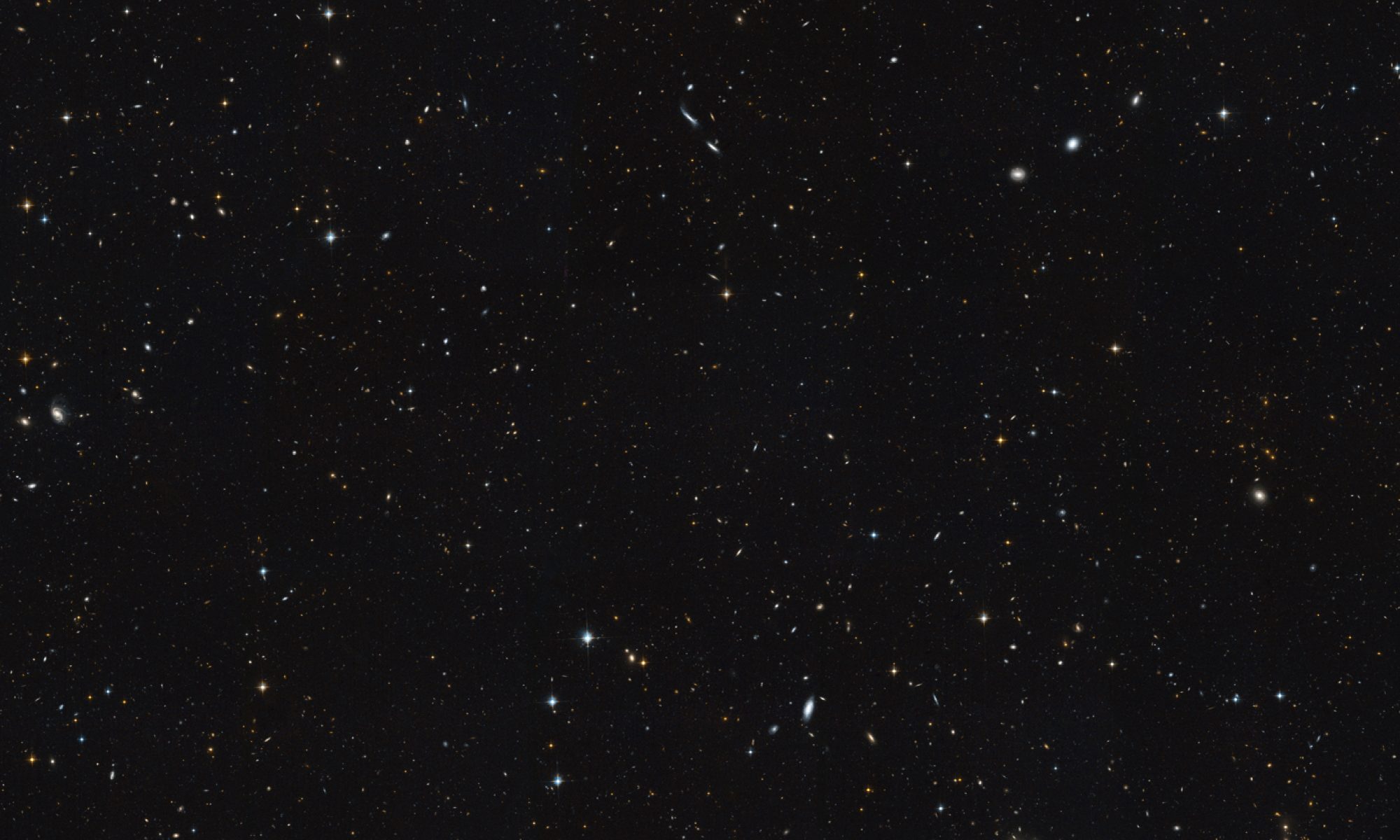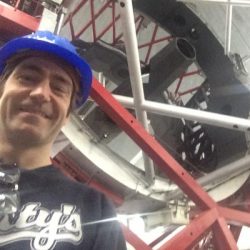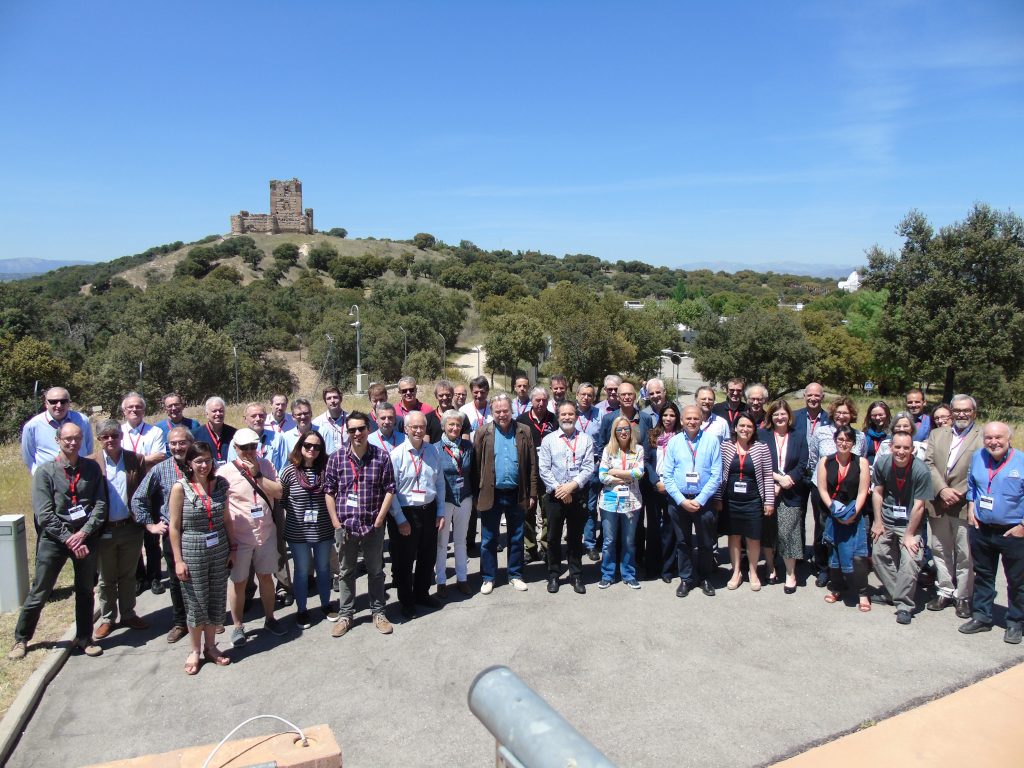Over the last few days I have been working on an all sky viewer for the Herschel Extragalactic Legacy Project (HELP). The easiest way to view it is to look at it through the dedicated viewer here:
http://hedam.lam.fr/HELP/dataproducts/dmu31/dmu31_HiPS/viewer/
There you can click on objects in the HELP ‘A list’ and see their spectral energy distributions and have links to the full measurements from the Virtual Observatory at susseX (VOX). I’ll write some more about that another day. You can also view the individual elements using Aladin Desktop. Details of how to do so are here.
I think we can improve this site so please let me know any issues you have with it. It would be good to optimise it and work on viewing though a phone. You can also embed the viewer in websites such as below:
It is a great way to easily visualise all the data we have made over the last few years and we will continue to develop it with new datasets as we make them.


